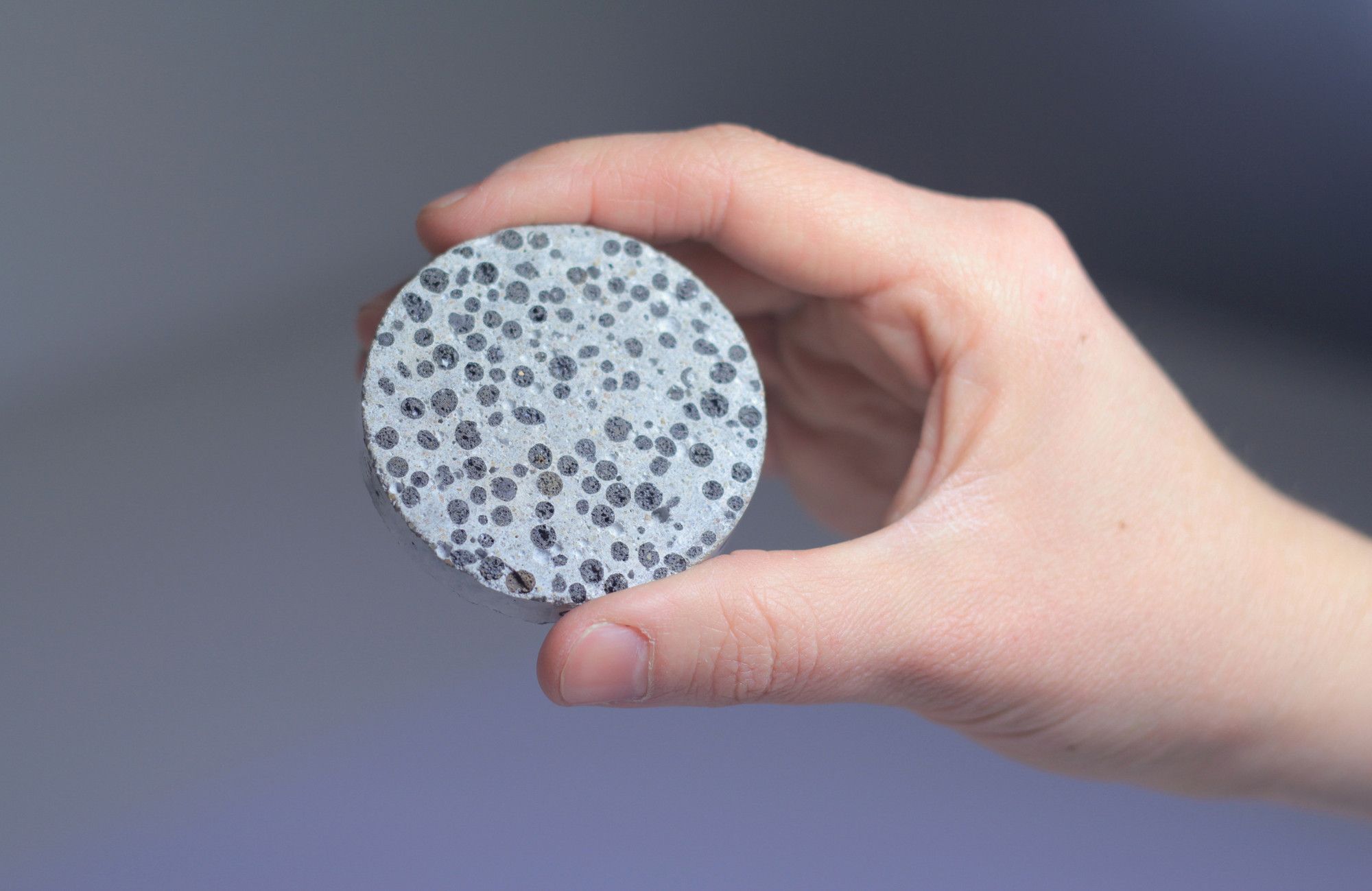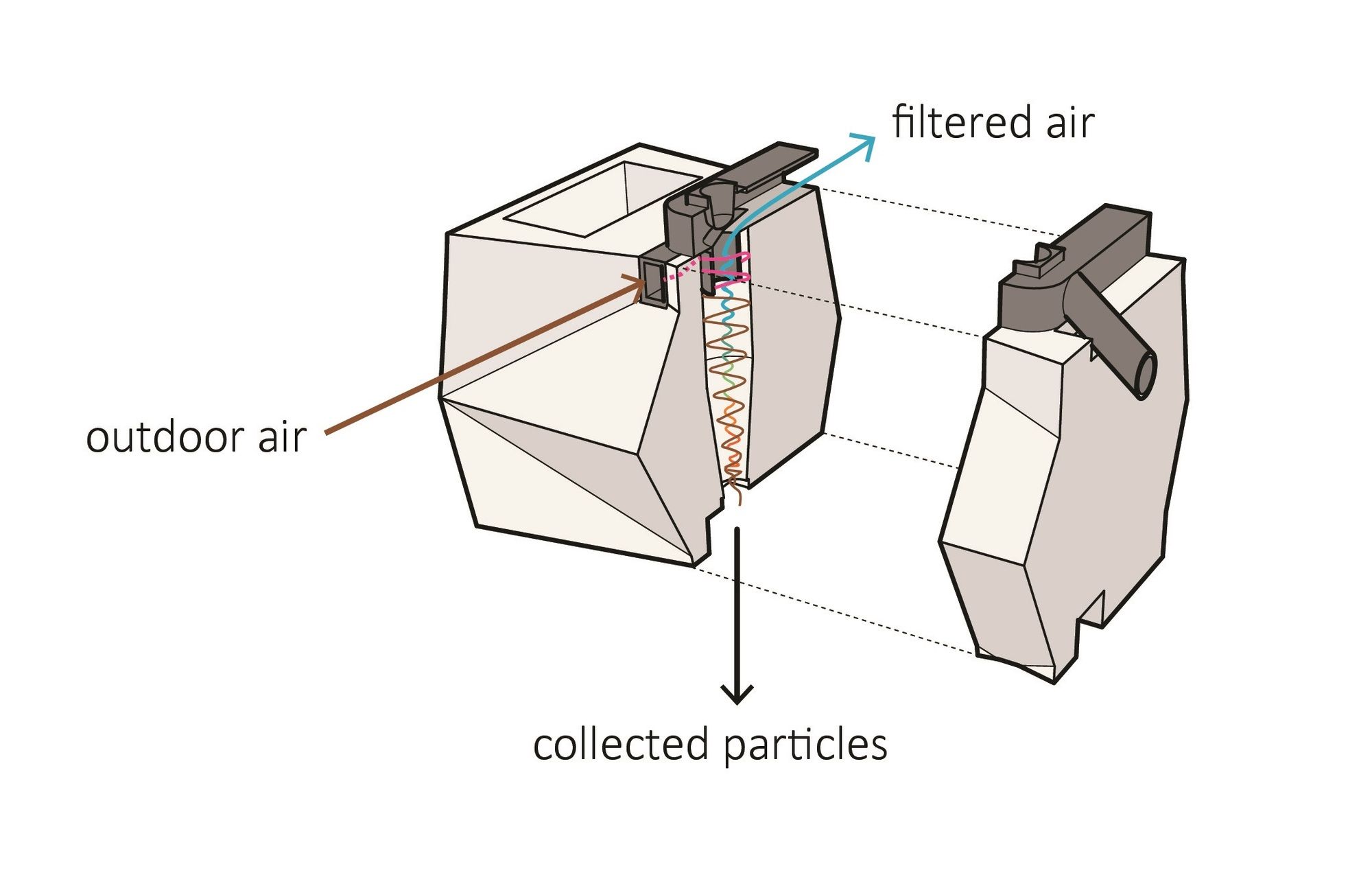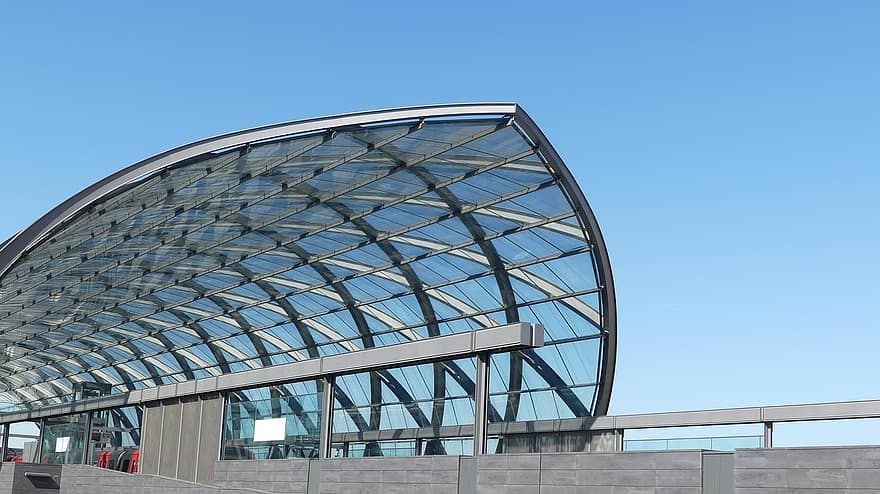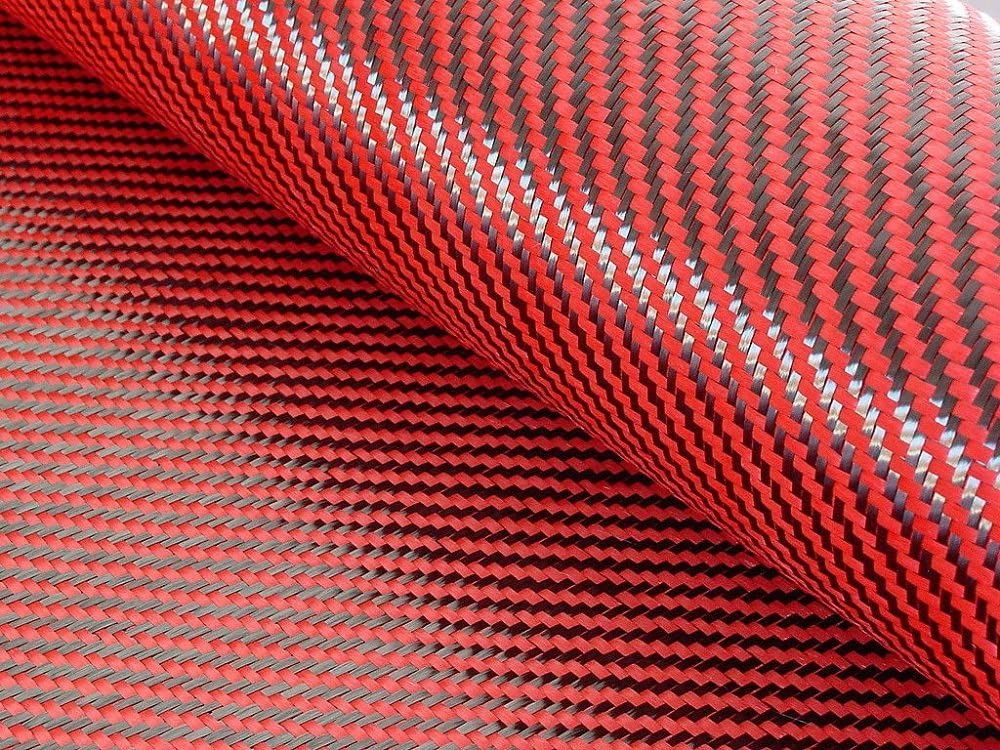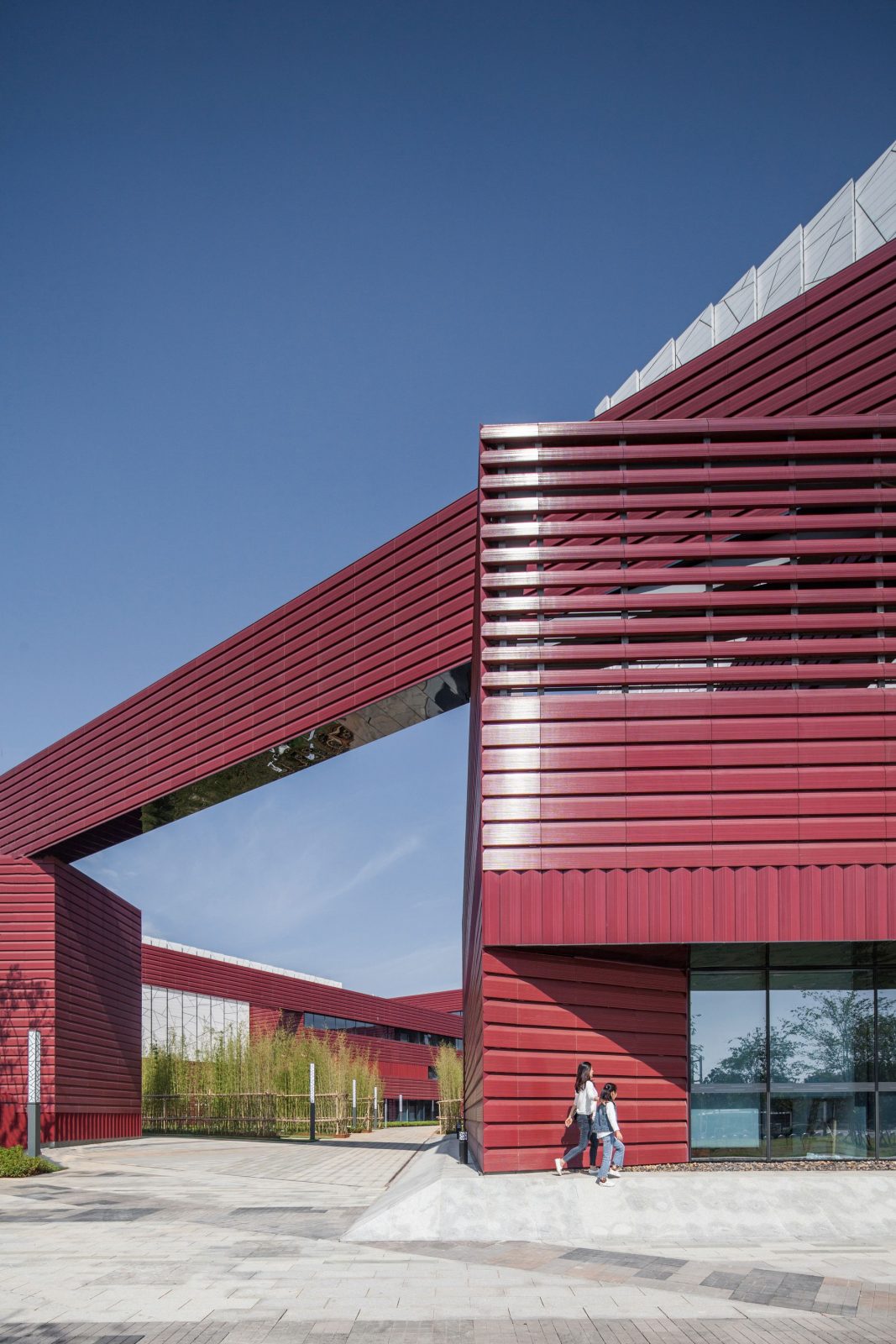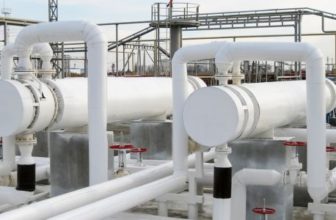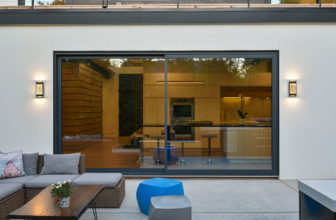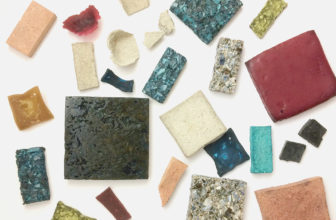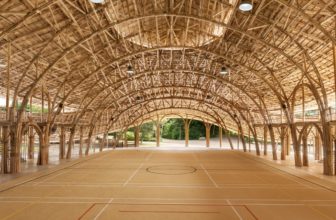Architects must choose the best materials for buildings that increase efficiency, and sustainability, and also serve the aesthetical purposes of the building. The materials that the architect chooses give help to create the overall atmosphere. For example, a penthouse cannot be made of steel as it would negatively affect the space, therefore, materiality is as important as form, function, and location. Using the right building material can save a lot of money trying to maintain the edifice
The Best Materials for Building:
The importance of exploring new, unconventional materials for buildings is that we are searching for environmental-friendliness, cost-effectiveness, and sustainability. The architecture of the future is not just about efficiency or aesthetics, it is also about strength and durability.
Concrete
It is no doubt that concrete is the most popular building material known to man, but this popularity comes at a cost. Concrete has a very negative environmental impact as it contributes 5% of worldwide carbon emissions. There is also another downside to using concrete: water finds its way into cement cracks and wears away at the concrete and steel structures that are embedded within.
Especially when concrete is used in cold, near-freezing environments, water seeps into the cracks and when the temperature drops, it freezes and expands. When the water expands, it ends up widening the cracks and weakening the structure over time.
But this is just the case with ordinary concrete, have you ever heard of self-healing concrete?
Well, CityLab material scientists were working on using living spores that get mixed into wet concrete to help it mend itself when water seeps into its cracks. These water-permeable capsules remain in a suspended state until they’re exposed to water. When the water reaches them, a chemical interaction takes place and they turn into a form of calcium carbonate called crystalline. The calcite fills up the cracks and stops them from getting any wider or being affected by the elements.
At the moment, using self-healing concrete is quite costly and it’s not as attainable as regular concrete, however, self-healing concrete is such an important step in the world of construction and architecture as it revolves around cost-efficiency and sustainability. When it’s used in tunnels, bridges, and buildings it means saving huge amounts of money over the long run. It’s also environment-friendly since it’ll cut down the carbon emissions caused by the use of concrete around the world.
Wood [timber & mass timber]
Timber has been used in buildings since the dawn of time. Its popularity, however, was overshadowed by concrete and steel due to its high endurance and fire resistance. Timber also isn’t really practical when it comes to the long structure as it’s way weaker than steel and concrete. There is hope for timber, though since mass timber made its way into the building materials scene. Mass timber is strong enough to build long beams or facades and it is fire-resistant.
There are varieties of mass timber such as cross-laminated timber (CLT); nail-laminated timber (NLT); glue-laminated timber (glulam); laminated veneer lumber (LVL).
Cross-laminated timber (CLT) is a type of timber that is produced through the process of gluing together panels of solid-sawn timber. Glue-laminated timber (referred to as glulam for short) is a type of timber that’s produced through the process of binding together layers of dimensional limber using sustainable, moisture-resistant structural adhesion.
Mass timber has proven to be the hottest type of timber in the field of sustainable architecture since it has many advantages that one wouldn’t usually associate with wood. Mass timber is very fire-resilient since it is produced in the form of solid, compressed masses of wood. This means that when it is subject to high temperatures (e.g. a fire that breaks out) the external layer is going to stop the fire from spreading since it is too dense.
This means that it self-extinguishes protects the structure, and preserves its structural integrity. This means that mass timber is brilliant to use in a building near forests (in case a forest fire breaks out) since it’s already met the code for fire safety.
The advantages of using mass timber do not stop at that. Using it also reduces carbon emissions, much like self-healing concrete, and it also saves manpower. It saves labor in the sense that it’s already manufactured to be readily used in factories using machines, this means that it requires less time to be installed in the structures.
If you thought that the advantages of using mass timber ended at that, well, not nearly. Mass timber performs fantastically in earthquakes since the structures built using mass timber can be easily repaired when they face an earthquake, unlike concrete buildings that have to be demolished.
Although there are many upsides to using timber in buildings, there have been instances when mass timber panels collapsed on-site and brought the projects to a halt, temporarily, at least. Mass timber has a long way to come to prove efficient in modern architecture but as soon as these flaws are amended, it’s going to be the best, most environmentally-friendly material for buildings there.
A material for buildings that save money, and manpower, resist fires, and can easily survive an earthquake and be repaired with the minimum effort.
Also Read: 15 Perfect Recycled Materials for All Architecture Projects
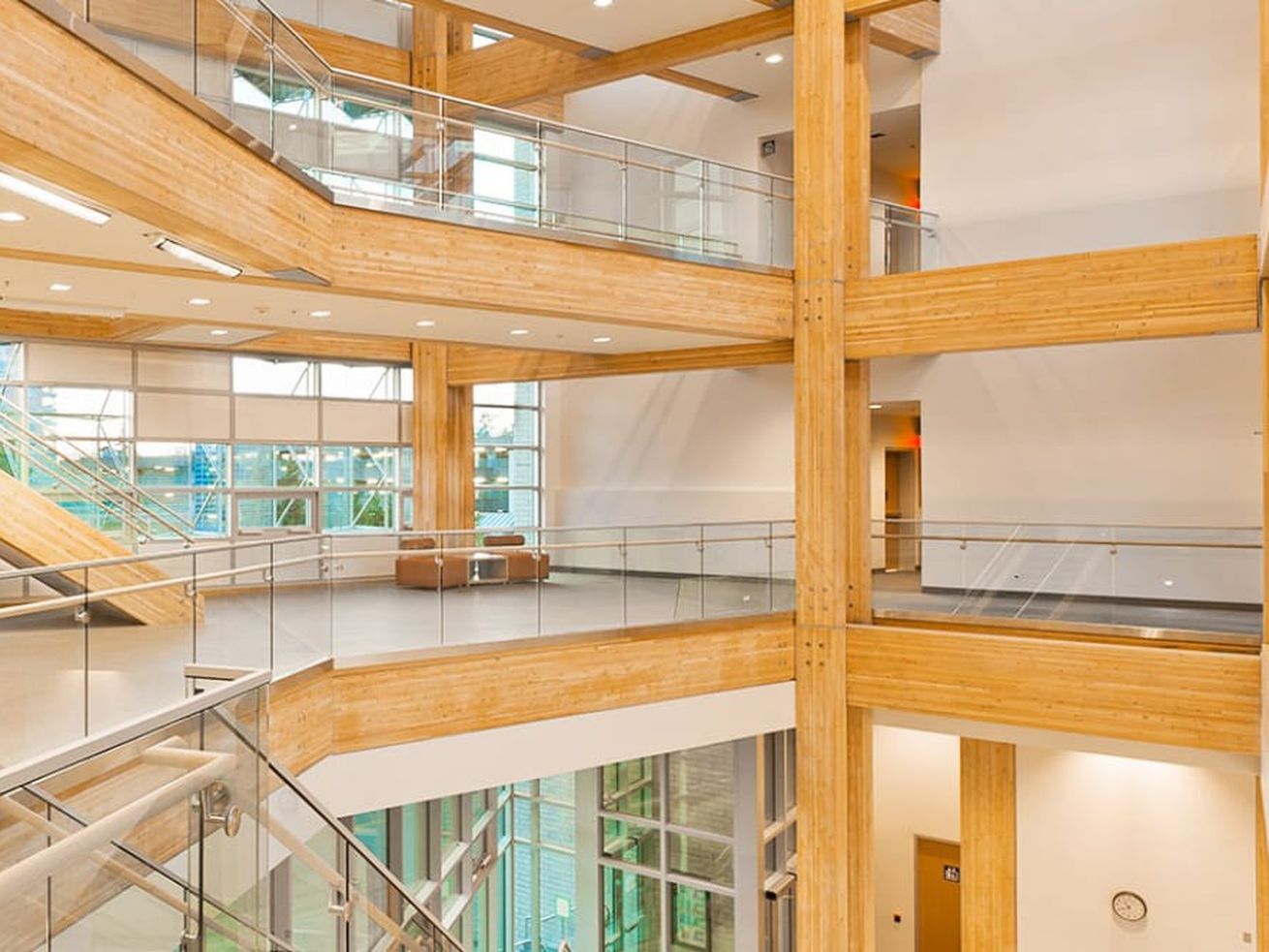
Courtesy of The Centre for Interactive Research on Sustainability at the University of British Columbia
Brick
Brick is one material for buildings that, with the right craftsmanship, can be used to create the most beautiful, aesthetically-pleasing structures. Although it is one of the many traditional building materials known to man, it has made its way into the world of sustainable architecture through the hands of many creative minds.
One of the brilliant ways that brick is being used is to improve indoor air quality (IAQ). The quality of indoor air has become a major concern for modern architects as it does not only affect the quality of the space, but also the quality of its occupants’ life. There are plenty of ways that improve the IAQ but using air-cleaning bricks is a new addition to these ways.
Assistant Professor Carmen Trudell created a passive air filtering system that uses bricks to filter the air before it makes its way into the building. This system depends on using concrete bricks that contain an internal filtration section. This filtration section filters the heavier air particles and drops them down to the base of the wall into a hopper that can be easily removed and cleaned by maintenance workers.
Steel
Integrating steel into construction is one milestone for modern architecture. The strong structural integrity of steel empowered architects to bring their wildest fantasies to reality. It seems that among the hype that surrounds steel as the most important material for buildings, we forget what steel truly is. Steel is an alloy made up of iron and carbon but it also contains other trace elements such as silicon, manganese, oxygen, and sulfur.
Steel is no new material to humanity, it is speculated that many civilizations used that date back to 200 B.C., but the role it plays in modern architecture is timeless.
Structural steel’s importance can be encapsulated in its strength, durability, and cost-efficiency. One can safely say that steel is the preferred building material for industry experts for several reasons that we are going to explore.
Steel is quite lightweight compared to other building materials as it possesses a very high strength-per-unit mass. Much like mass timber, steel can be produced and fabricated off-site and then easily assembled on-site. These elements save time and manpower. It is also quite flexible which allows the industry specialists and architects to assemble it however they want to fulfill their vision of the design.
Although steel is cost-efficient and durable, it is still an iron/carbon alloy which means that it is prone to corrosion. Usually, this disadvantage can be managed by using anti-corrosion coatings and applications. Steel isn’t also fireproof and it can lose its structural integrity and start to bulk when it’s exposed to high temperatures.
Kevlar
It could seem that kevlar is the one truly magical building material. This lightweight polyacrylamide plastic fabric can stop a bullet due to its strong molecular structure. It is strong, stiff, fire-resistant, and lightweight (it is even lower in density than carbon fiber). Kevlar is a synthetic fiber which means that it was synthesized in a lab, unlike other natural fibers. Kevlar is the go-to building material when it comes to fatigue endurance,
First used as a steel replacement in Formula 1 racing tires, kevlar made its way into the manufacturing of high-strength construction fabrics used in roofing, armored walls, and even building cladding. It possesses a high tensile strength-to-weight ratio; It is roughly five times stronger than steel. Kevlar is prone to light damage, however, it can withstand electrical radiation and very cold environments. All of these advantages show just how important the integration of kevlar into modern construction is as it proved to be quite sustainable, unlike any other building material.
Kevlar may seem like the building material of the future, but it still has its disadvantages. Being a fiber, after all, and no matter how stronger steel it is, it can’t be used in building skyscrapers for example. In a sense, this leaves room for architects to think of more vertical structures that make use of this fantastic material, but for now, it does not meet our modern needs.
Kevlar is a wonderful material for buildings but as long as it remains expensive, industry specialists are going to seek cheaper alternatives. It fulfills the visions of modern architecture as the perfect building material: it is flexible, sustainable, and easy to integrate with other materials but we are yet to see how it’s going to bloom in the field of construction in the near future.
Terracotta
Going green is à la mode right now, and what would be greener than a 100% natural building material that resembles the merging of the traditional and the modern? Terracotta, which directly translates into Latin as ‘baked earth’, is the material in question. Terracotta is a cladding material made from fired clay; it comes in many shapes and colors that can be used in constructing different edifices such as schools and hospitals to art museums and police stations.
Since terracotta is made from fired clay, then it is not biodegradable and is all about durability and sustainability. It is fired at temperatures that range between 1000℃ and 1170℃ which results in burning off all organics along with water. This firing process leaves us with a porous material that is fireproof and immune to weathering and erosion.
Terracotta comes in a variety of wonderful colors that do not fade, withstand exposure, and require minimal maintenance. It is fireproof, and its rain-screen variety requires no sealants or grouts, which means that the joints are durable. The beauty of terracotta is that it can be used to deliver a traditional look as well as a modern one.
Terracotta is a material that proved to be superior to fiber cement and aluminum panels. It blends in with the surroundings and adds a distinct, traditional flavor to designs with unmatchable delicacy. Terracotta may be one of the most important materials modern architects should take into consideration in their designs as it meets the consumer’s expectations of modern architecture: It is graceful, modern, compact, and eco-friendly.
In conclusion, we have explored some of the traditional materials for buildings in modern architecture. With a little bit of innovation, these materials can be integrated into future designs to achieve cost-efficiency, delicacy, practicality, durability, and sustainability.
All of these materials have their advantages and disadvantages, but they are being tweaked, day after day, to provide us with alternative materials for buildings that do not harm the environment and even contribute to the emotional well-being of their occupants. From air-recycling bricks to self-healing cement, modern architecture revolves around achieving sustainability and self-sufficiency and these are the building materials of the future.


